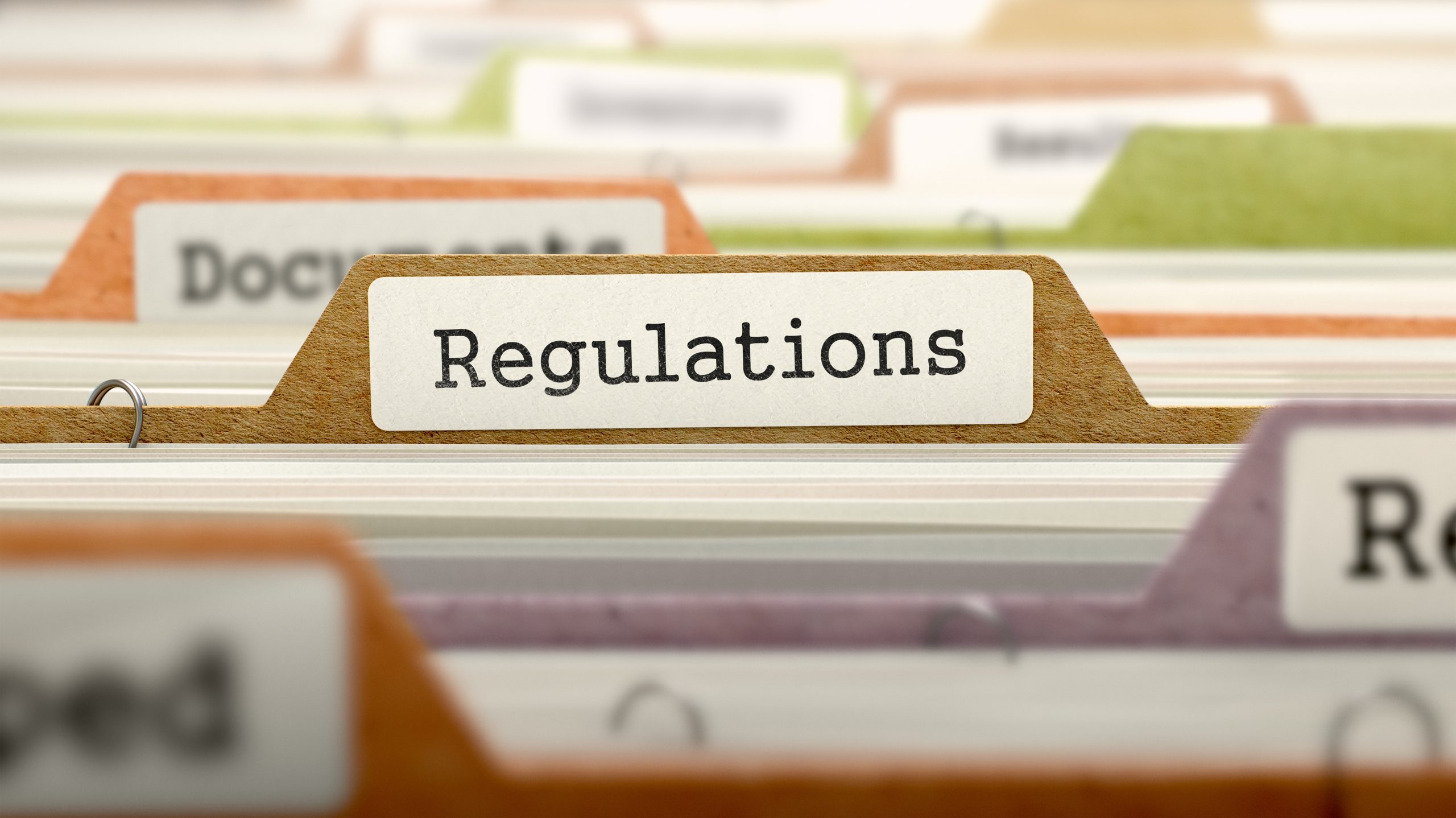The Growing Role of the EHSP Across Europe

The Fuel Cells and Hydrogen Joint Undertaking (FCH 2 JU) is a public-private partnership supporting research, technological development and demonstration (RTD) activities in fuel cell and hydrogen energy technologies in Europe.
It aims to accelerate the market introduction of these technologies, realising their potential as an instrument in achieving a carbon-clean energy system.
Number of experts inside of FCH 2 JU got together and launched the European Hydrogen Safety Panel (EHSP) initiative in 2017. They are: Azkarate I., Carcassi M., Dolci F., Garcia-Hombrados A., Grüne J., Hawksworth S., Jordan T., Mair G., Melideo D., Molkov V., Moretto P., Reinecke E.A., Sathiah P., Schmidtchen U., Skjold T., Studer E., Van Esbroeck T., Vyazmina E., Wen J., Xiao J.
Mission and analysis
The EHSP is composed of a multidisciplinary pool of 16 experts, grouped in small ad-hoc working groups (task forces). Collectively, the members of the EHSP have the necessary scientific competencies and expertise covering the technical domain of hydrogen safety to provide science-based recommendations to the FCH 2 JU.
The mission of the EHSP is to assist in assuring that hydrogen safety is adequately managed, and to promote and disseminate H2 safety culture. To this day this remains only official document on hydrogen safety in Europe.
The EHSP tasks include the analysis of existing events already introduced in the European Hydrogen Safety Reference Database (HIAD) and of new information from relevant mishaps, incidents or accidents.
The EHSP should therefore derive lessons learned and provide together with the involved parties further general recommendations to all stakeholders, based on these data. For 2018, the following deliverables should be produced: methodology to collect inputs from projects and to provide lessons learned and guidelines, assessment and lessons learned from HIAD and a report on research progress in the field of hydrogen safety.
The ESHP activities under this category aim at coordinating measures to avoid accidents
The ESHP activities under this category aim at coordinating measures to avoid accidents by integrating safety learnings, expertise and planning into FCH 2 JU funded projects by ensuring that all projects address and incorporate the state-of-the-art in hydrogen safety.
Building on the safety guidance document for hydrogen and fuel cell projects, the aim is to release a practical fit-for-purpose document tailored for the FCH 2 JU projects.
Envisaged as part of an early warning system that will support the FCH 2 JU in identifying projects that potentially might require considerably more than average attention on safety aspects, the ultimate aim of this document is to verify with a specific safety plan, that all funded projects excel in safety -related aspects and follow a set of safety measures and management procedures, which are based on the EHSP expertise and recommendations.
In 2019, a first FCH 2 JU funded project for developing and operating a large fuel cell system was evaluated and assisted in setting up a first version of a safety plan. A simplified template was provided to ease the development and maintenance of such a safety plan with relative little efforts.
Communication strategy
The activities related to public outreach in 2019 include the development of a communication strategy for the EHSP, presentations at international conferences (including this paper), and updates to the web page.
The steps towards the communication strategy will include:
• Identifying suitable methods for engaging stakeholders and partners
• Revisiting the mission statement for the EHSP
• Defining a set of communication goals for the EHSP
• Defining and prioritizing target audience groups
• Identifying key arguments that support the communication goals
• Selecting further appropriate communication channels
• Drafting the communication plan
• Identifying risks and risk-reducing measures, including the functionality available for the web page
• Identifying available resources, including establishing a competence matrix for the EHSP
• Adjusting the communication plan in light of the risk analysis and the available resources

